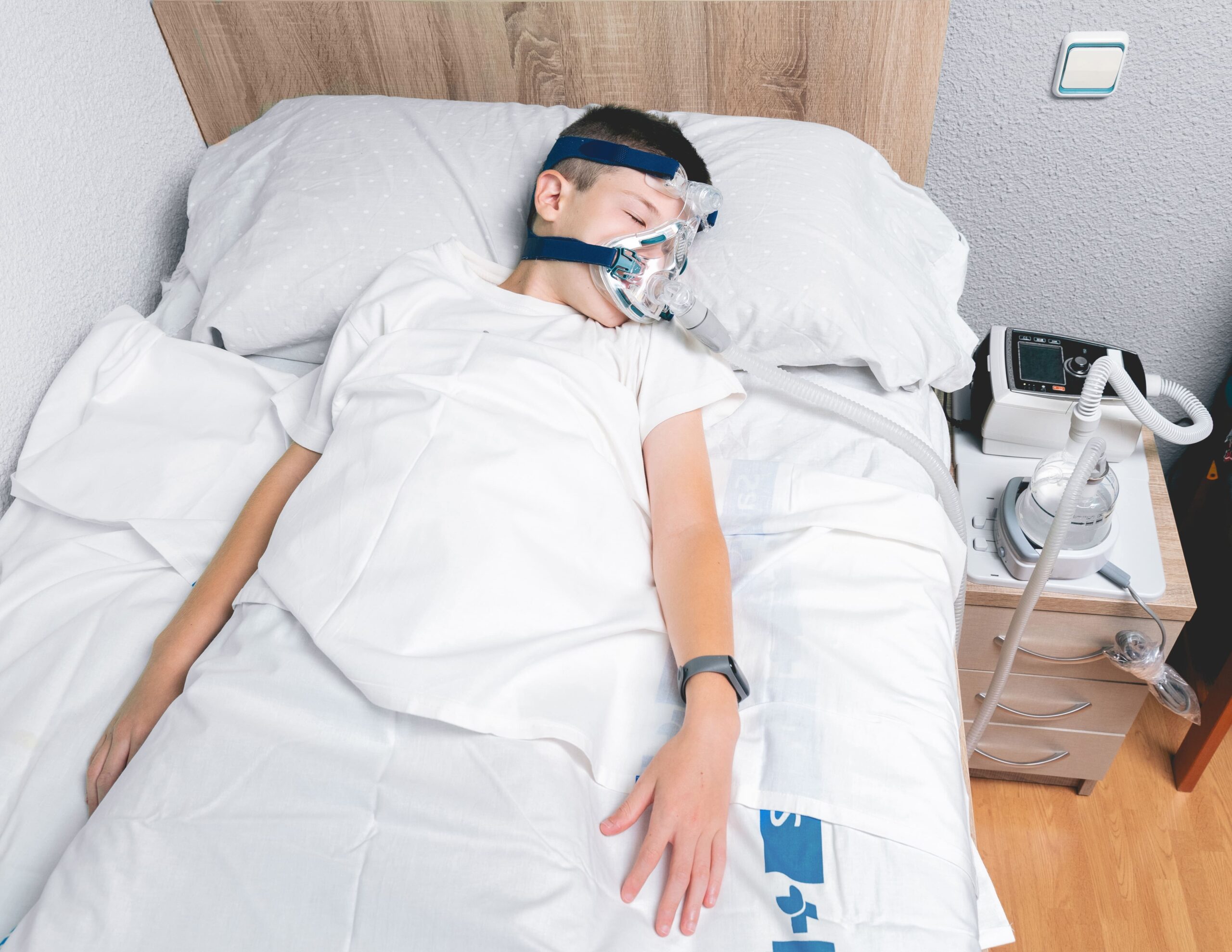509-315-9840
What Are the Warning Signs of Sleep Apnea?

Sleep apnea is a serious sleep disorder defined by repeated interruptions in breathing during sleep. These interruptions, known as apneas, can last from a few seconds to a minute and can occur dozens of times per hour. Understanding the warning indicators of sleep apnea is essential for seeking timely treatment and preventing potential health complications.
In this thorough manual, we will examine the common symptoms and indicators of sleep apnea, helping you understand when to seek medical advice.
Common Symptoms of Sleep Apnea
1. Loud Snoring
One of the most common and noticeable symptoms of sleep deprivation is loud, persistent snoring. This snoring is often interrupted by periods of silence when breathing stops, followed by choking or gasping sounds as breathing resumes.
Impact: Although sleep deprivation is not the cause of all snores, loud snoring combined with other symptoms may indicate the condition.
2. Gasping or Choking During Sleep
Individuals with sleep apnea often experience episodes where they gasp for air or choke during sleep. These episodes result from the body’s effort to restart breathing after an apnea event.
Impact: This disrupted breathing pattern can significantly impact the quality of sleep, resulting in weariness during the day and other health issues.
3. Excessive Daytime Sleepiness
Due to the frequent interruptions in sleep, People who with sleep apnea frequently experience extreme daytime fatigue. This excessive daytime sleepiness can affect daily activities and overall quality of life.
Impact: Daytime sleepiness can lead to difficulties in concentration, memory problems, and an increased risk of accidents.
4. Morning Headaches
Waking up with a headache is a common complaint among those with sleep apnea. These headaches are usually caused by the decreased oxygen levels during sleep and the resultant increased carbon dioxide levels.
Impact: Morning headaches can affect productivity and mood throughout the day.
5. Difficulty Staying Asleep (Insomnia)
Frequent nighttime awakenings due to sleep apnea can make it challenging to stay asleep. This condition, known as insomnia, is often a result of the body’s repeated attempts to resume breathing.
Impact: Insomnia can lead to chronic sleep deprivation, further exacerbating daytime fatigue and cognitive issues.
6. Waking Up with a Dry Mouth or Sore Throat
Breathing via the mouth because of a blocked airway can cause a dry mouth or a sore throat upon waking.
Impact: This symptom can lead to discomfort and an increased risk of dental problems and throat infections.
7. Irritability and Mood Changes
When sleep deprivation causes sleep loss, it can lead to mood swings, irritability, and even depression.
Impact: These mood changes can strain relationships and reduce overall quality of life.
8. High Blood Pressure
This disease can contribute to the development of hypertension (high blood pressure) due to the frequent drops in blood oxygen levels.
Impact: High blood pressure is a significant risk factor for cardiovascular diseases.
9. Pauses in Breathing Observed by Another Person
Often, a bed partner or family member is the first to notice the pauses in breathing during sleep. These observations are crucial in diagnosing sleep apnea.
Impact: Without external observation, many individuals with sleep apnea remain unaware of their condition.
10. Reduced Libido and Sexual Dysfunction
Sleep deprivation and other factors can cause diminished libido and decreased oxygen levels.
Impact: These issues can affect intimate relationships and self-esteem.
Risk Factors for Sleep Apnea
Knowing the risk factors linked to this illness can assist in identifying those who are more vulnerable to develop the condition. Key risk factors include:
- Obesity: Being overweight, particularly in the vicinity of the neck, can obstruct the airway.
- Age: Sleep apnea is more common in older adults.
- Gender: Men are more likely to develop sleep apnea than women.
- Family History: A family history of this disease increases the risk.
- Alcohol and Tobacco Use: Both alcohol and tobacco use can contribute to airway obstruction.
- Nasal Congestion: Chronic nasal congestion can make it difficult to breathe through the nose.
Diagnosing Sleep Apnea
If you suspect that you or a loved one has the disease, it is essential to seek medical evaluation. Diagnosis typically involves:
- Medical History and Physical Exam: Your doctor will review your symptoms, medical history and perform a physical exam.
- Sleep Study (Polysomnography): This overnight test measures various physiological parameters during sleep, including brain activity, eye movement, heart rate, and breathing patterns.
- Home Sleep Apnea Testing: For some individuals, a home-based test may be recommended to monitor breathing and oxygen levels during sleep.
Treatment Options for Sleep Apnea
Effective treatment for sleep apnea in Airway Heights is necessary to improve sleep quality and reduce health risks. Treatment options include:
- Lifestyle Changes: Weight loss, quitting smoking, and reducing alcohol intake can significantly improve symptoms.
- Continuous Positive Airway Pressure Therapy: This calls for donning a mask that delivers constant air pressure to keep the airway open during sleep.
- Oral Appliances: Custom-fitted devices can help keep the airway open by repositioning the jaw.
- Surgery: In severe cases, surgical interventions may be important for removing excess tissue or correcting structural abnormalities.
- Positional Therapy: By sleeping on your side as opposed to your back, you might lessen apnea episodes.
One potentially dangerous problem that might occur is sleep apnea, which significantly impacts your quality of life and overall health. Identifying the warning indicators and getting help as soon as possible is essential for effective management. Signs such as loud snoring, gasping during sleep, excessive daytime sleepiness, and morning headaches should not be ignored. By understanding these warning signs and risk factors, you have the ability to proactively pursue diagnosis and therapy.
For those concerned about sleep apnea in Airway Heights, addressing these symptoms with a healthcare professional is crucial. Effective treatment can improve sleep quality, reduce associated health risks, and enhance overall well-being. If you or a loved one exhibits any of the warning signs of sleep apnea, never be reluctant to consult a physician and investigate the available treatment options.





